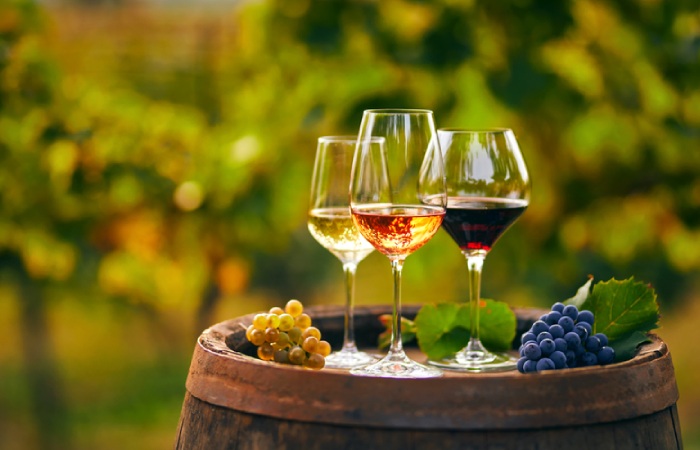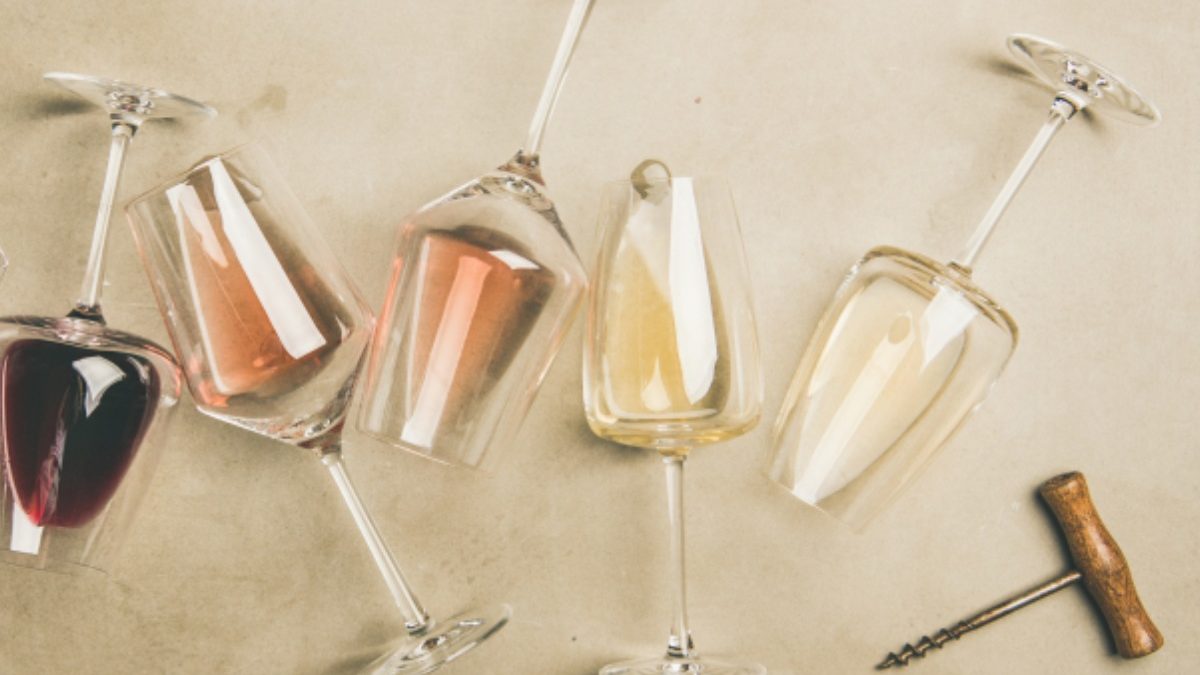Wine is a popular beverage across the globe, with around 236 million hectoliters being consumed each year. People globally have wine racks full of full-bodied reds, crisp whites, sweet rosés, and bubbly sparkling wines. As a result, there are a number of wine enthusiasts around the world, many of whom are keen to learn more about the beverage that’s been around since 6,000 BC.
Due to the age and variety of wine, there are a number of fascinating facts about it. Even the biggest wine fans won’t know everything there is to know about wine; there’s always something new to learn.
Listed below are some of the most interesting wine facts.
Table of Contents
White Wine Can Only Be Made from a Certain Type of Grape
First things first, you’d be forgiven for thinking that you can ferment any grape and create wine; however, this isn’t quite the case. As far as white wine is concerned, this can only be produced from lighter-colored grapes. Similarly, white wine can only be created if the juice is separated from the skin.
So, while there are a number of white wine grapes out there (Riesling, Sauvignon Blanc, Chardonnay, etc.), white wine can only be made if these grapes are removed from their skins. This differs from red wine production, wherein skin, seeds, and even stems can all be included in the production process.
There are Three Major Wine Types

The three main types of wine are red wine, white wine, and rosé wine. Of course, sparkling wine is another category wherein carbon dioxide is incorporated into the production process to create a fizz. In addition to each of these types, though, you might be surprized to learn that there are blue and orange wines out there.
Blue wine contains a blend of fermented red and white grapes with sweeteners and pigments added. Orange wine is what happens when you leave white wine grape juice in contact with the skins and seeds.
Wine Contains No Traces of Fat
Wine is completely cholesterol free; however, this doesn’t mean it’s not a fattening beverage. In fact, wine is packed full of calories due to copious amounts of carbs, alcohol, and natural sugars. Of all the types of wine, white wine has the most calories, followed by red, then rosé, and, lastly, sparkling wine. Despite this, this also depends on whether the wine is dry or sweet, as sweet wines will contain more sugar than dry ones, resulting in more calories.
This is just one of the reasons that wine should be an occasional treat, not something that’s drunk all day, every day.
There’s a Word for People Who Don’t Like Wine
People who don’t like or hate wine are said to have a psychological condition called oenophobia. This dislike can also be known as enophobia or oinophobia. The etymology of the word is a combination of oeno, which is Greek for wine, and phobia.
The Infusion of Oxygen into Wine is Called Aeration
In order to create a balanced and well-developed wine, a process called aeration must take place. This is the process of allowing the wine to breathe, in which it reacts to gases in the air and changes its flavor as it does so. Aeration isn’t a process that’s employed for every wine; in fact, for some wines, aeration will result in them being completely disgusting.
As a rule of thumb, white wines shouldn’t be aerated because they don’t have high levels of pigment molecules. Similarly, cheaper red wines, particularly fruity ones, either don’t benefit from aeration or are actually inhibited by it. Earthy-flavored red wines will benefit from aeration more so than any other wine.

